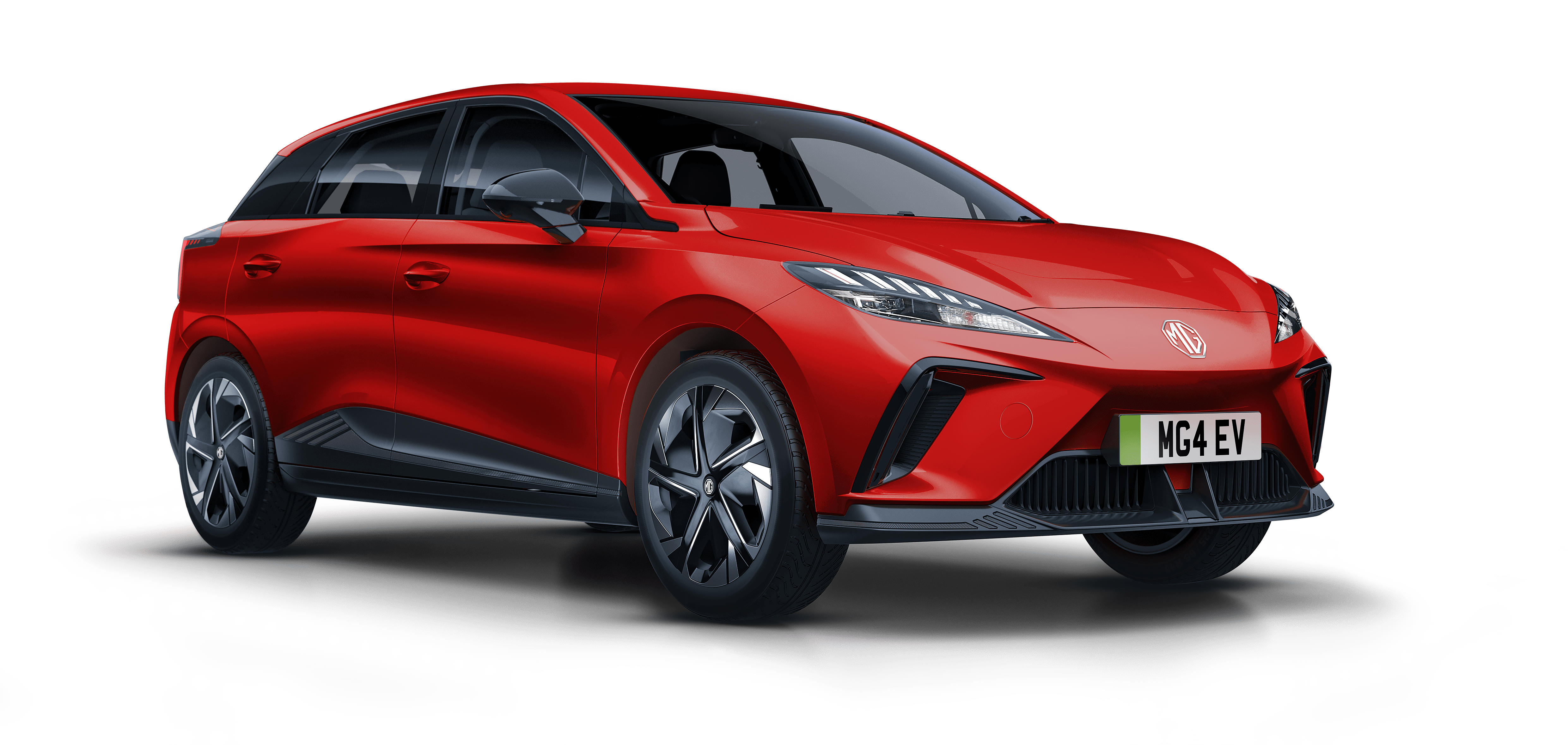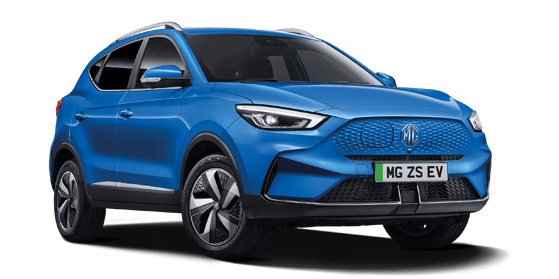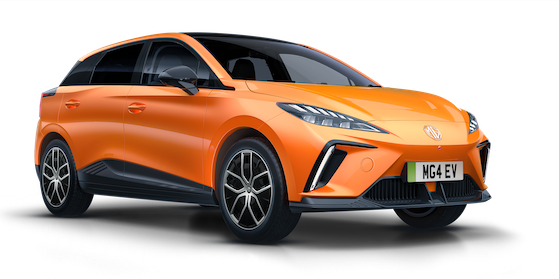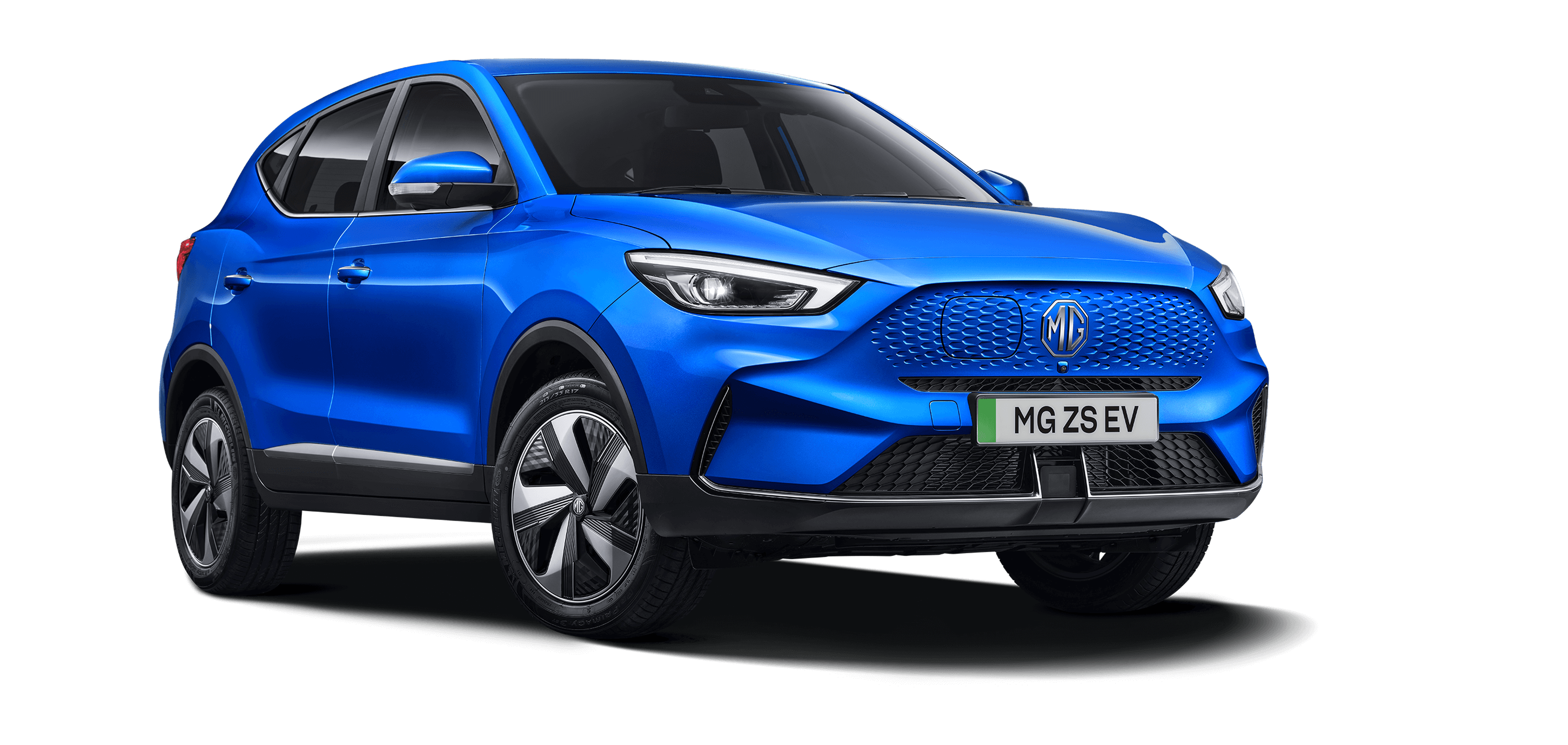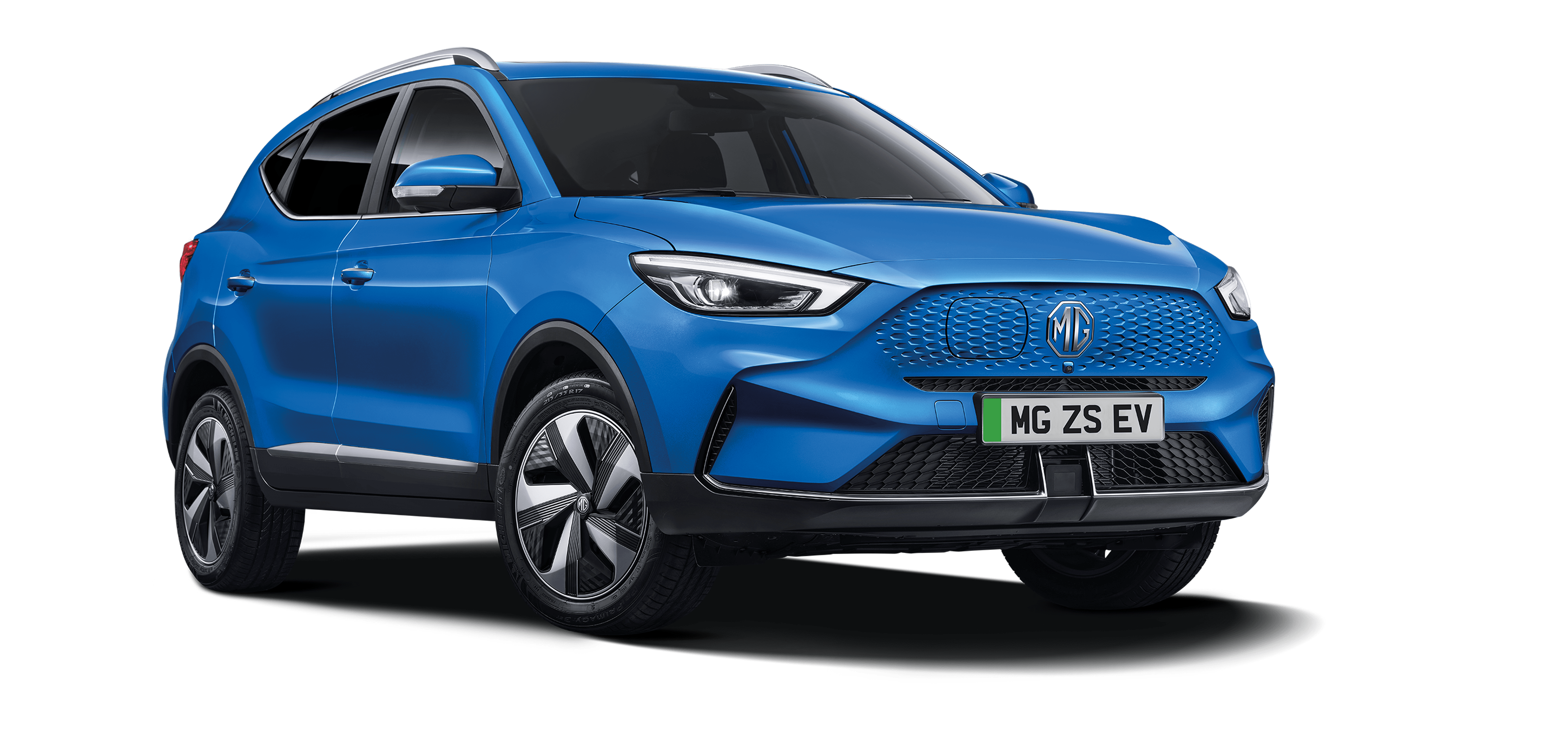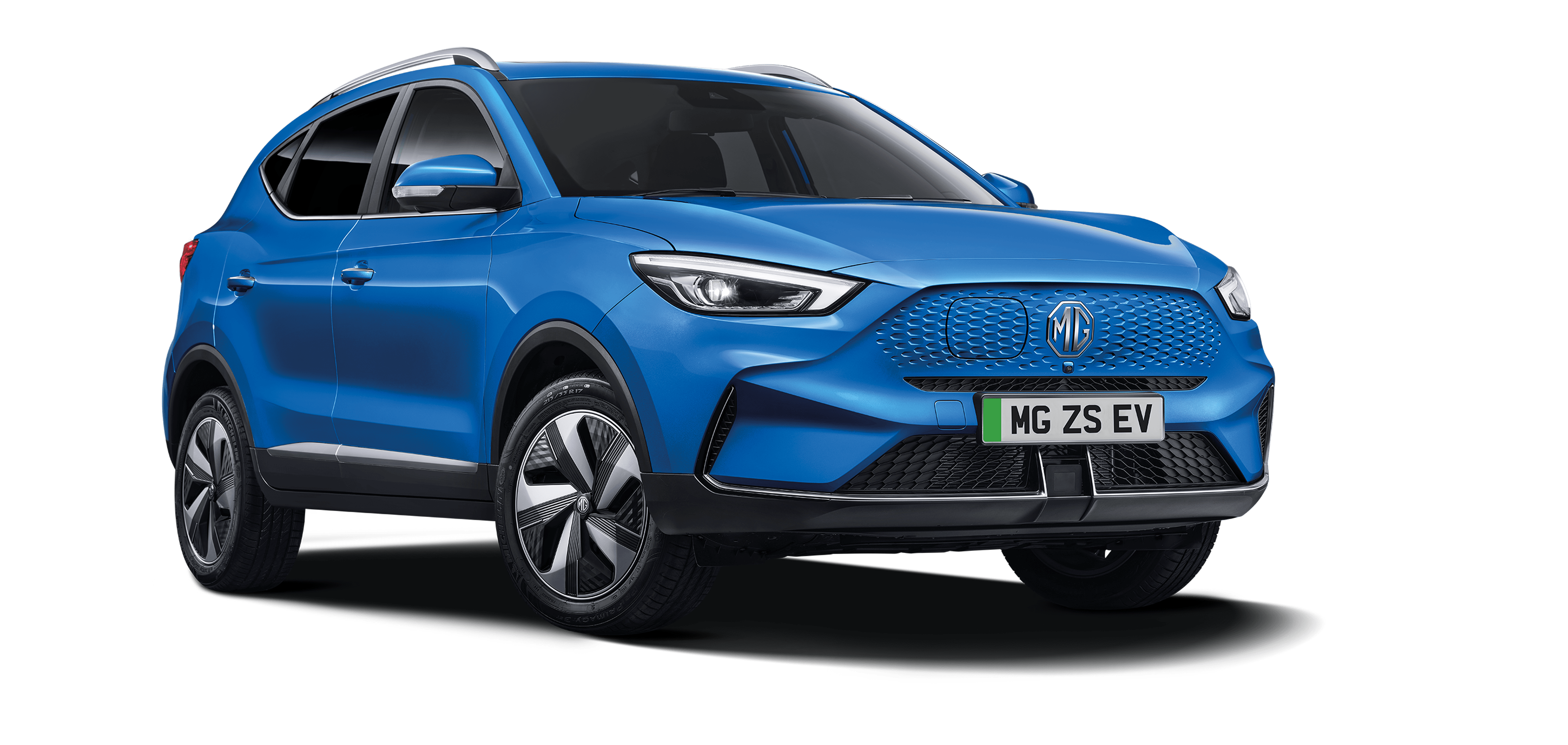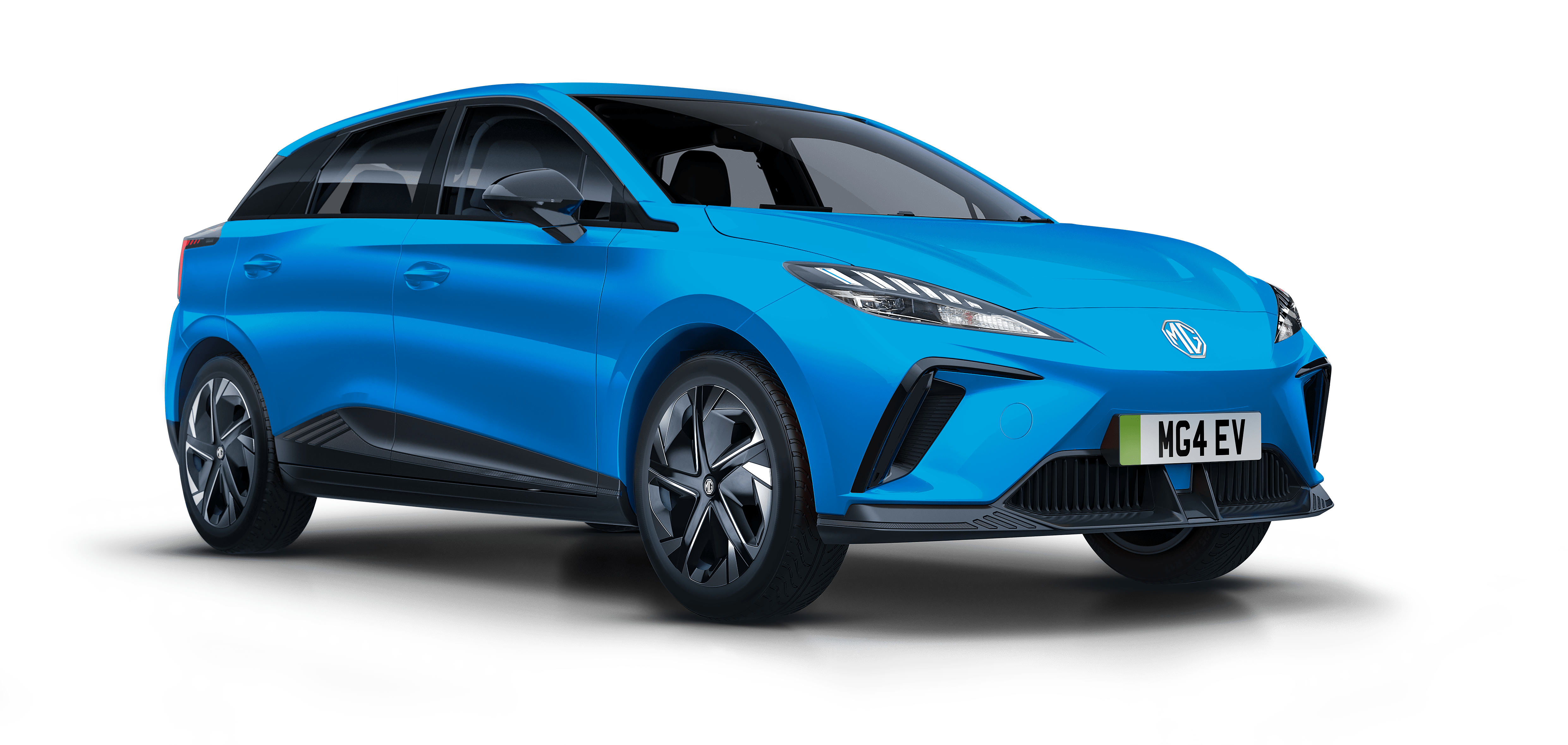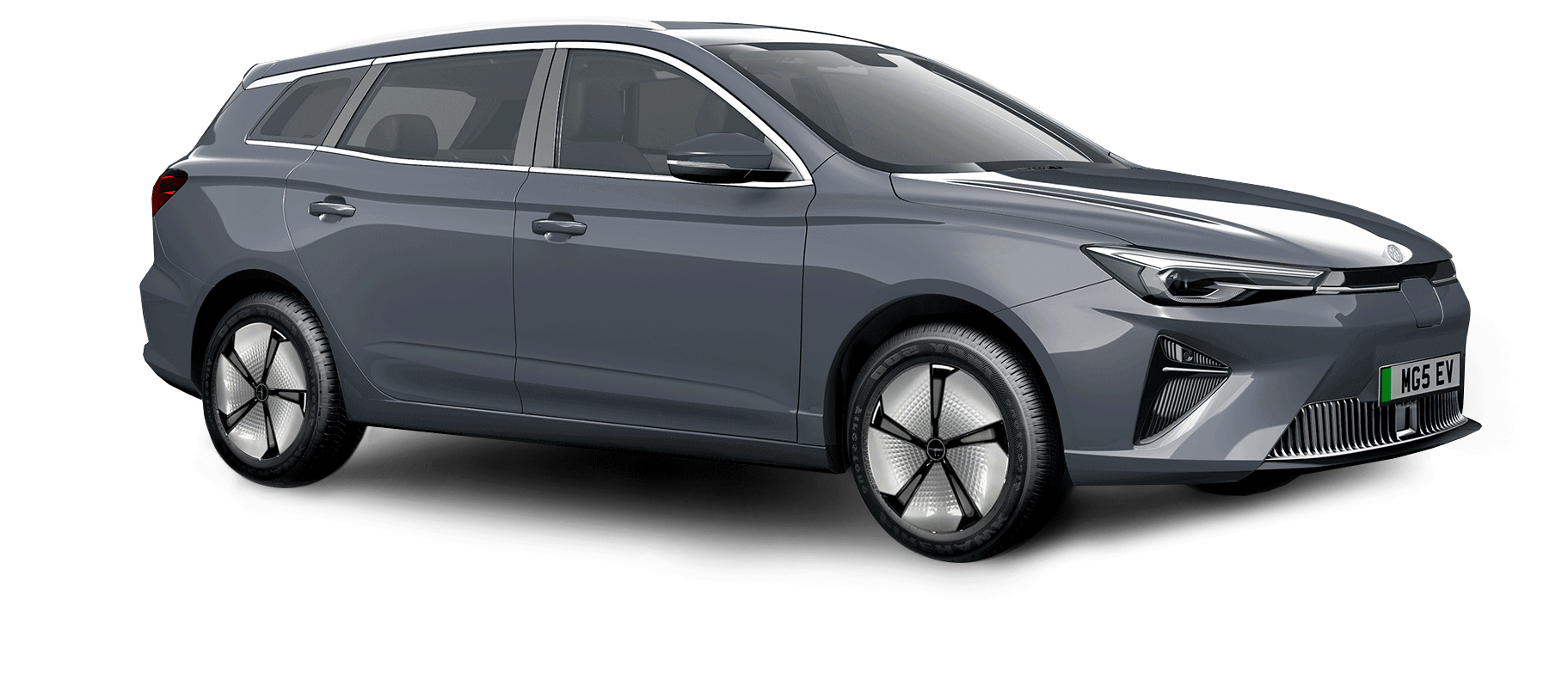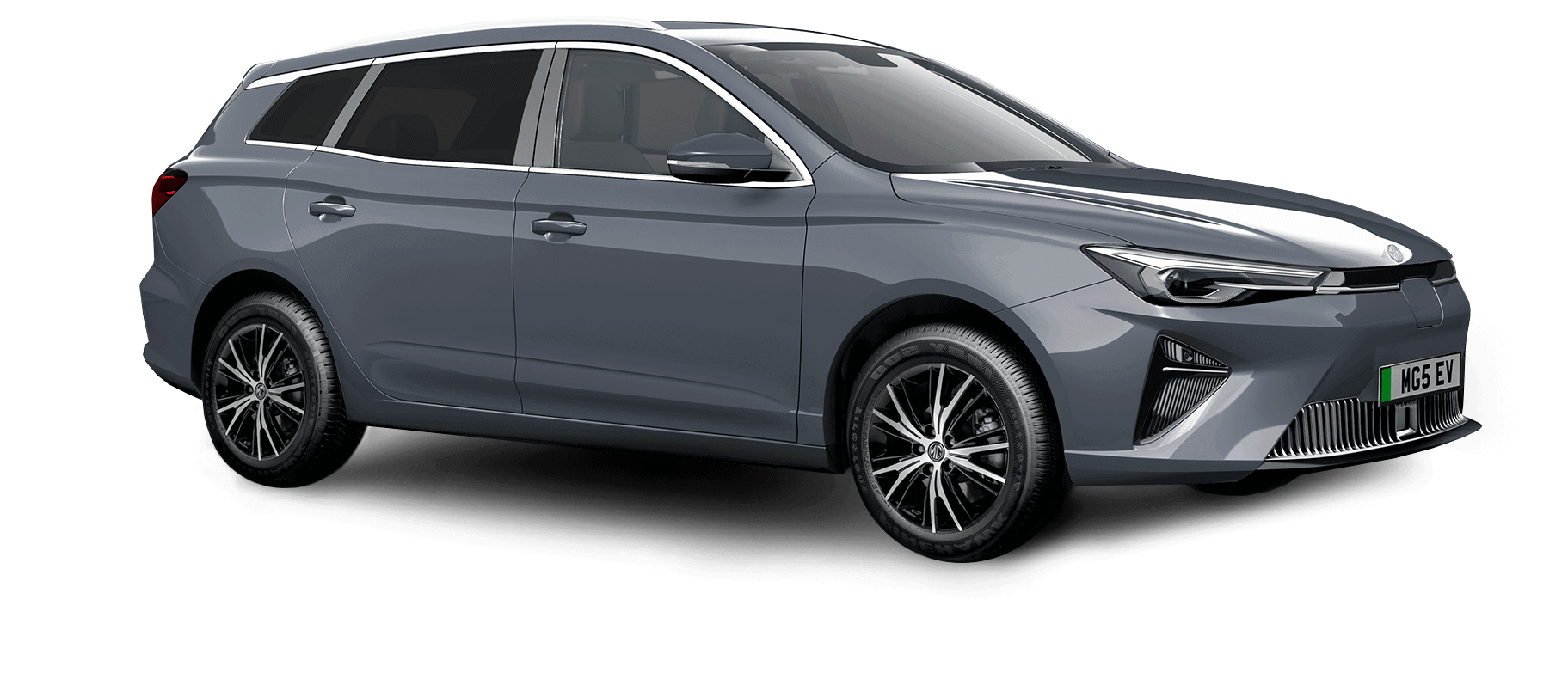Guide to Car Safety Features
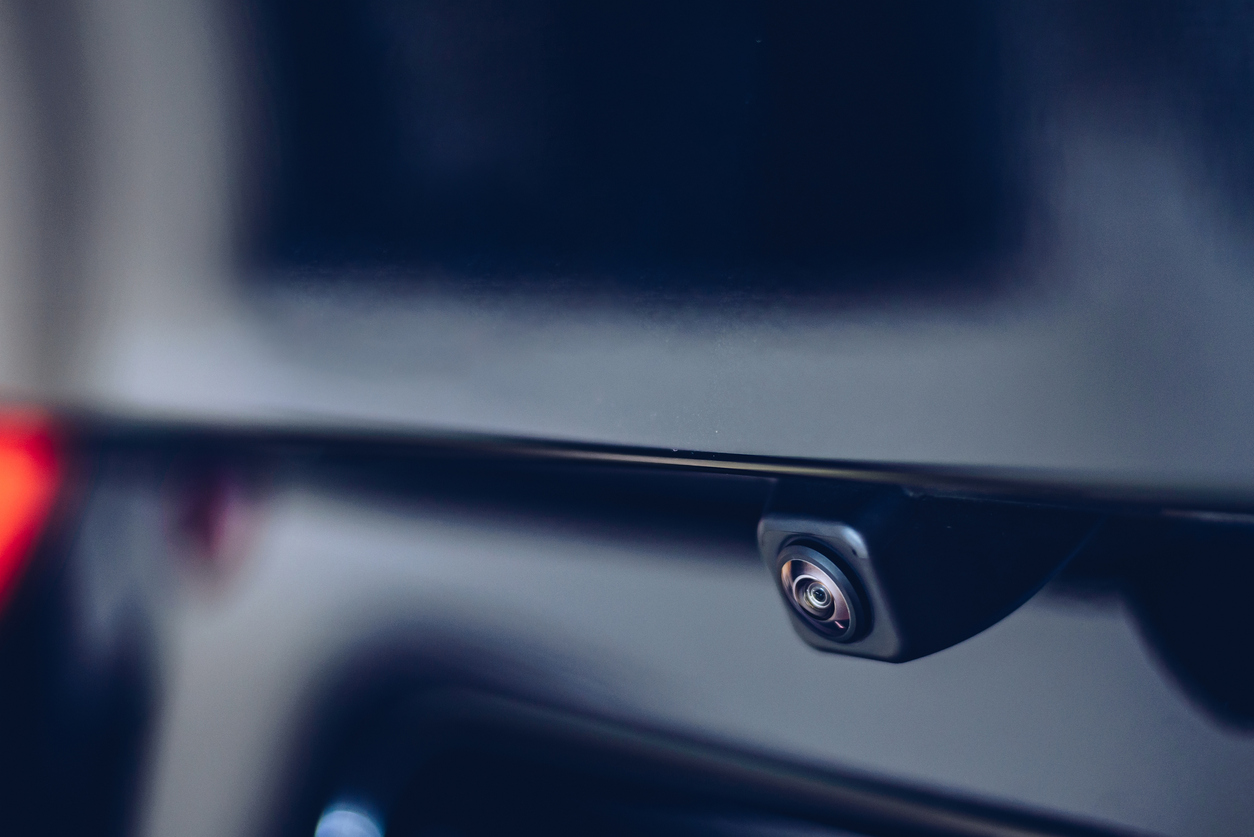
The roads should be safe for everyone. Whether you walk, cycle or drive, everyone should be able to enjoy our roads without any risk of harm. That’s why there’s been a number of advancements over the years to make driving as safe as possible. From introducing the hazard perception test to UK driving exams, to fitting vehicles with a range of safety features. From old inventions that have stood the test of time like seatbelts and airbags, to modern technologies that developed as computers become smarter. But one car safety feature is not more important than the other. They work together to prevent accidents and potential collisions to reduce the risk of injury.
Here are just a few important car safety features, and what they do:
1. Airbags
Airbags are often taken for granted, despite being one of the most important safety features. The Insurance Institute for Highway Safety found that airbags are 14% more effective at reducing fatality when no seat belt is used, which means they can help to reduce the risk of harm caused by a crash. But how do airbags work?
Airbags work on a sensor system. When they detect that a car has been in a collision they deploy - either from the steering wheel or dashboard. A bag then inflates at the optimal speed to cushion the blow. Side airbags can also be activated to protect passengers from the impact of the crash. This has helped to save a number of lives since they became a standard feature of UK cars in the 1990s.
2. Anti-lock braking systems (ABS)
To put it simply, anti-lock brakes prevent wheels from locking during braking - hence the name! They are a standard safety feature of any modern car and are particularly important when driving on slippery roads because they can help prevent skidding. This is because the wheels on anti-lock braking systems remain in contact with the road surface at all times, which helps to reduce stopping distances in wet or icy conditions.
Anti-lock brakes also allow you to steer more effectively during an emergency braking situation. This can help you to have greater control over your car to avoid any serious incidents.
3. Reverse camera
Reverse cameras not only help you to park, but can help you spot any hazards. They are a great way of seeing what's behind you and can help reduce blind spots. For example, if there is a small child walking behind your car or a bollard you are reversing into, the rear-view camera will pick it up. This can help reduce accidents, as well as preventing collisions with the likes of trees or walls.
In fact, reverse cameras are so important that as of 2021, all new cars have to be fitted with them as standard. However, if you have an older model that does not have this safety feature then have no fear, you can buy a reversing camera kit to fit into your current car.
4. Electronic stability control
Electronic stability control (ESC) is a standard safety feature of all UK cars. It helps to keep your car moving in a straight line, whilst also preventing skidding on icy roads. Unlike anti-lock brakes which are activated in an emergency, ESC is working at all times. If you do any sudden manoeuvres, or evasive turns, then ESC will apply the brakes to keep the car stable.
There are many benefits of ESC, from reducing the risk of rollovers, to reducing the stopping distance on wet roads. Therefore, this clever technology can help prevent serious accidents caused by losing control of the vehicle to make the roads safer for everyone.
5. Adaptive headlights
Adaptive headlights can make driving safer on dark roads or in foggy weather conditions. Unlike regular headlights that are locked into a fixed position, adaptive headlights can move based on your steering wheel to point the light in the direction that the car is turning. This not only helps you to see further, but illuminates dark corners when driving at night.
Therefore, adaptive headlights can help avoid collisions with other drivers by increasing visibility, as well as prevent you from crashing into obstacles by helping drivers to see what's coming up ahead. They also work automatically so that you are not distracted by changing the direction of your headlights. Instead, all your focus can be placed on driving safely.
As previously mentioned, these 5 safety features are just some of the many that are fitted within modern cars. Although they all do something different, one safety feature is not more important than another, they’ve all got a role to play! From preventing skidding, to detecting hazards and illuminating blind spots, car safety features are there to assist the driver and make the driving experience as smooth as possible.
To find out what safety features your car comes fitted with as standard, always ask the dealer before you purchase a car. If anything is missing, you can typically request it at an additional charge or even buy them online and have them fitted yourself.
